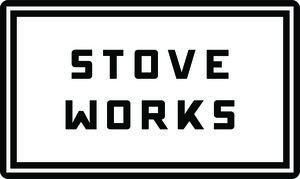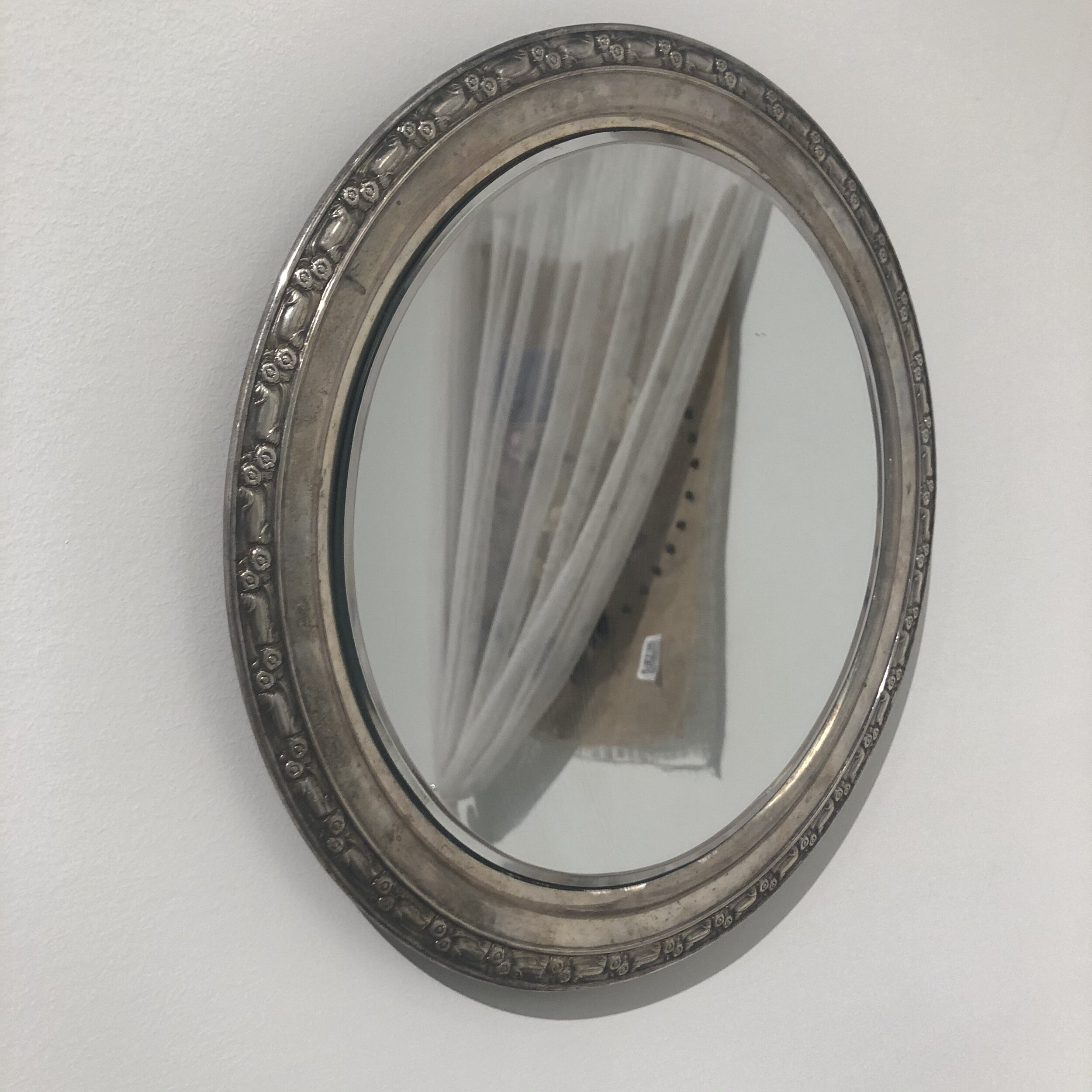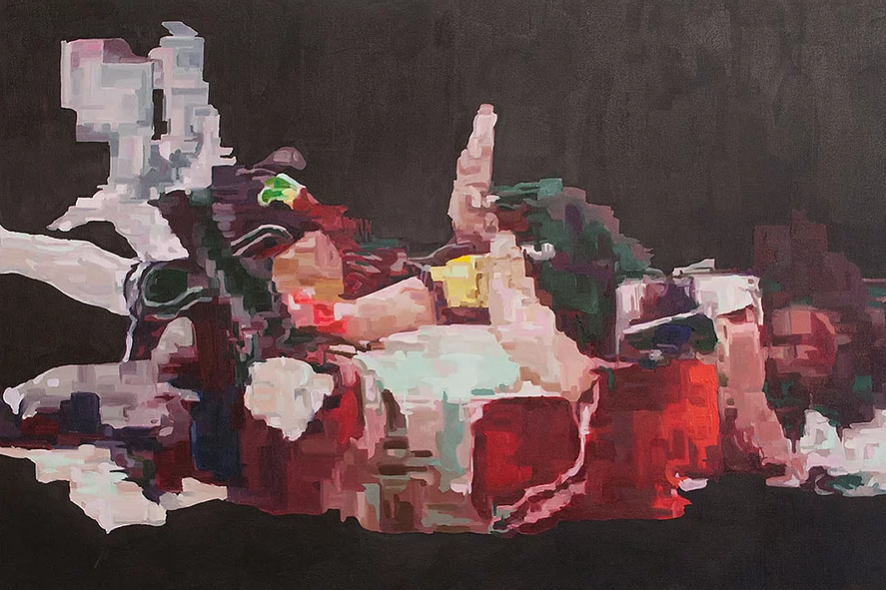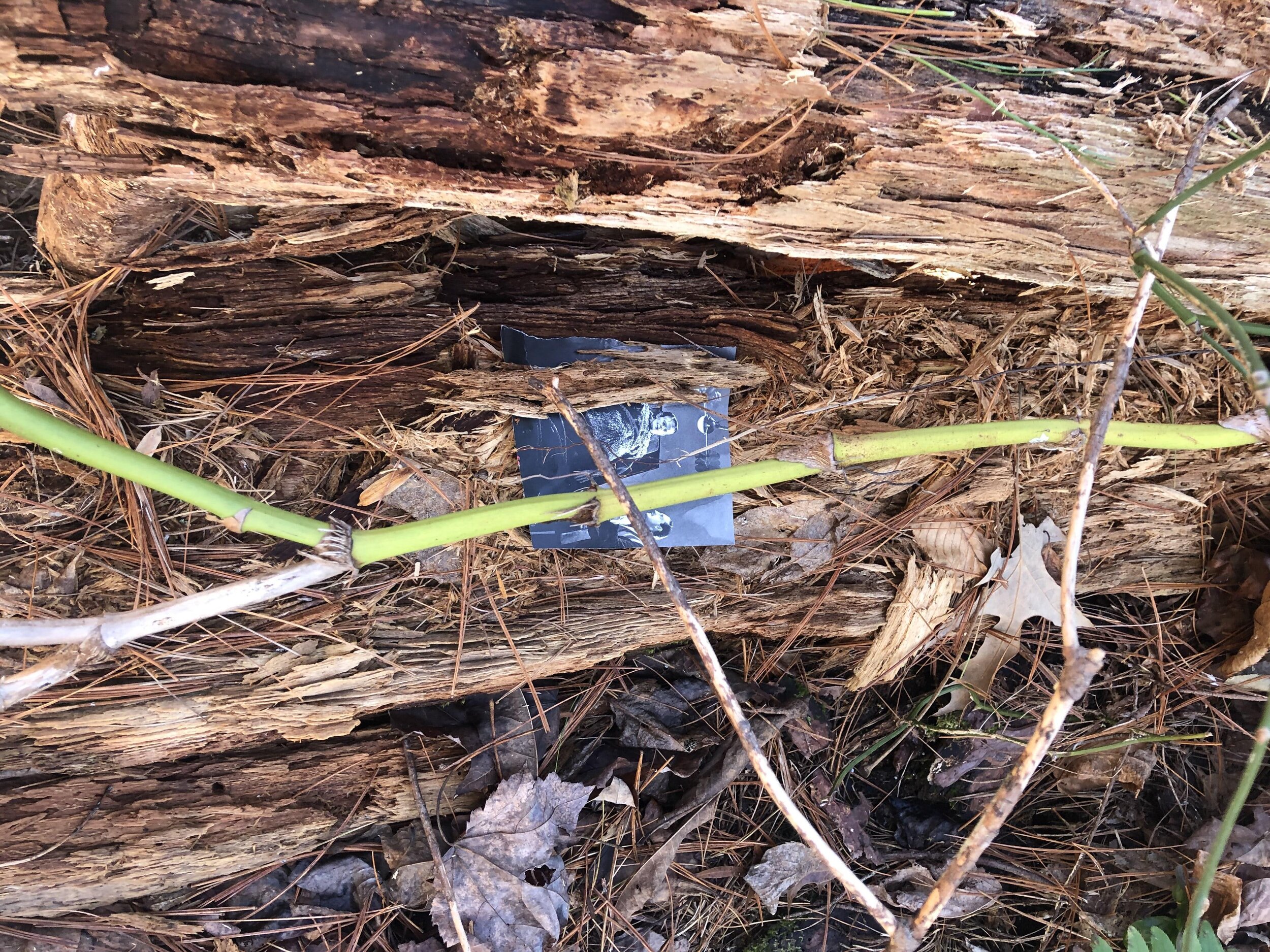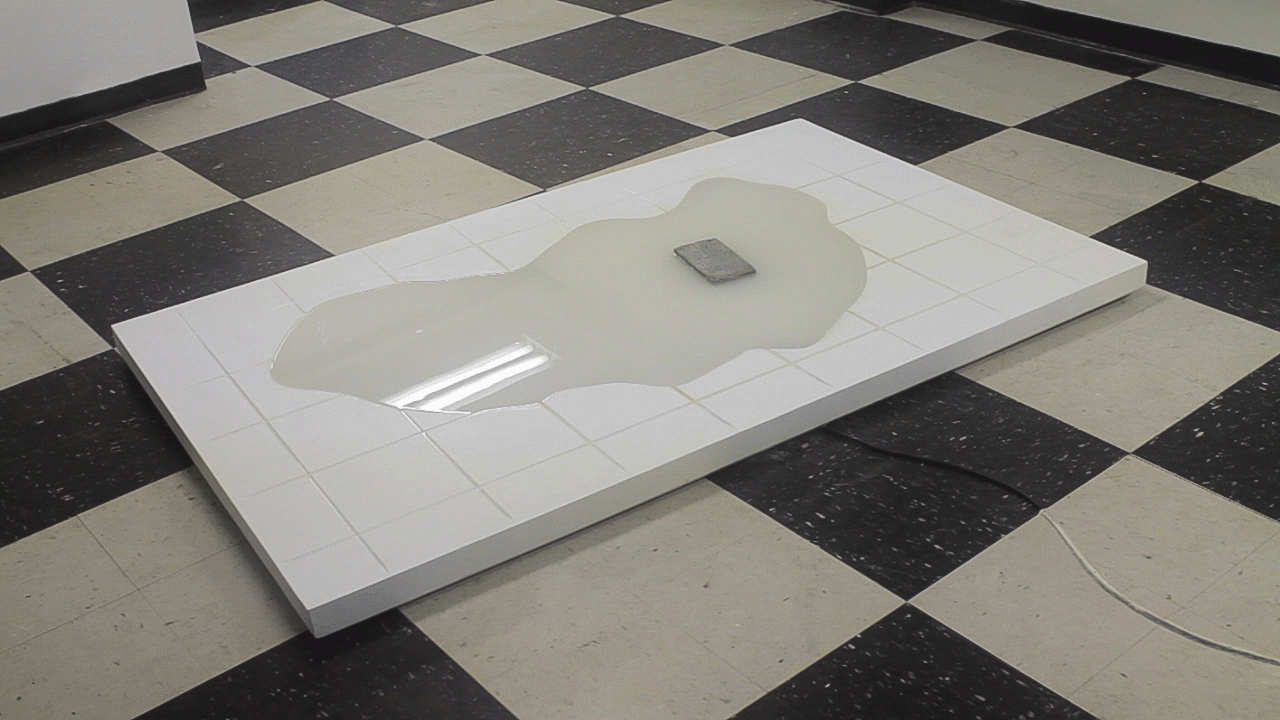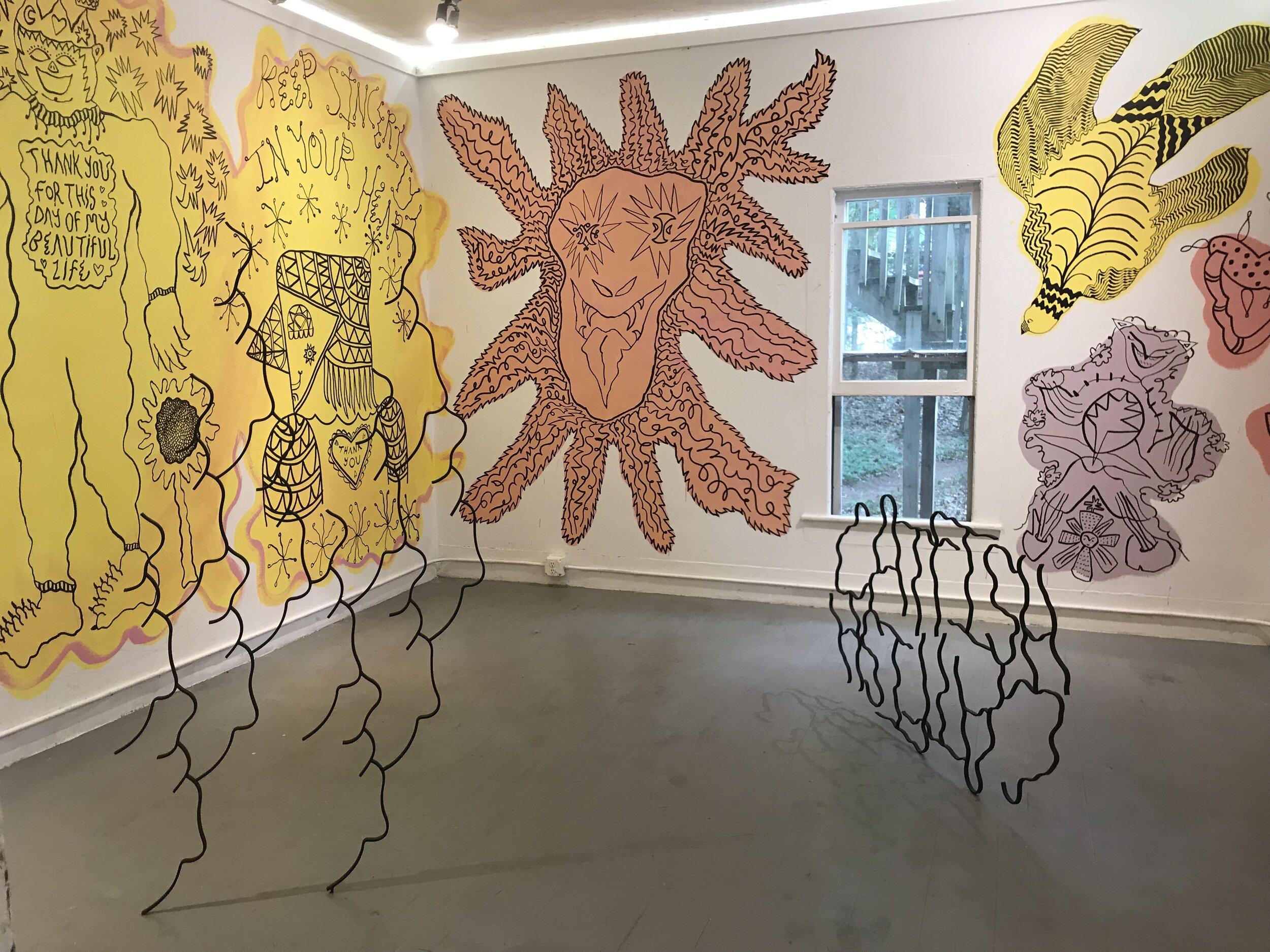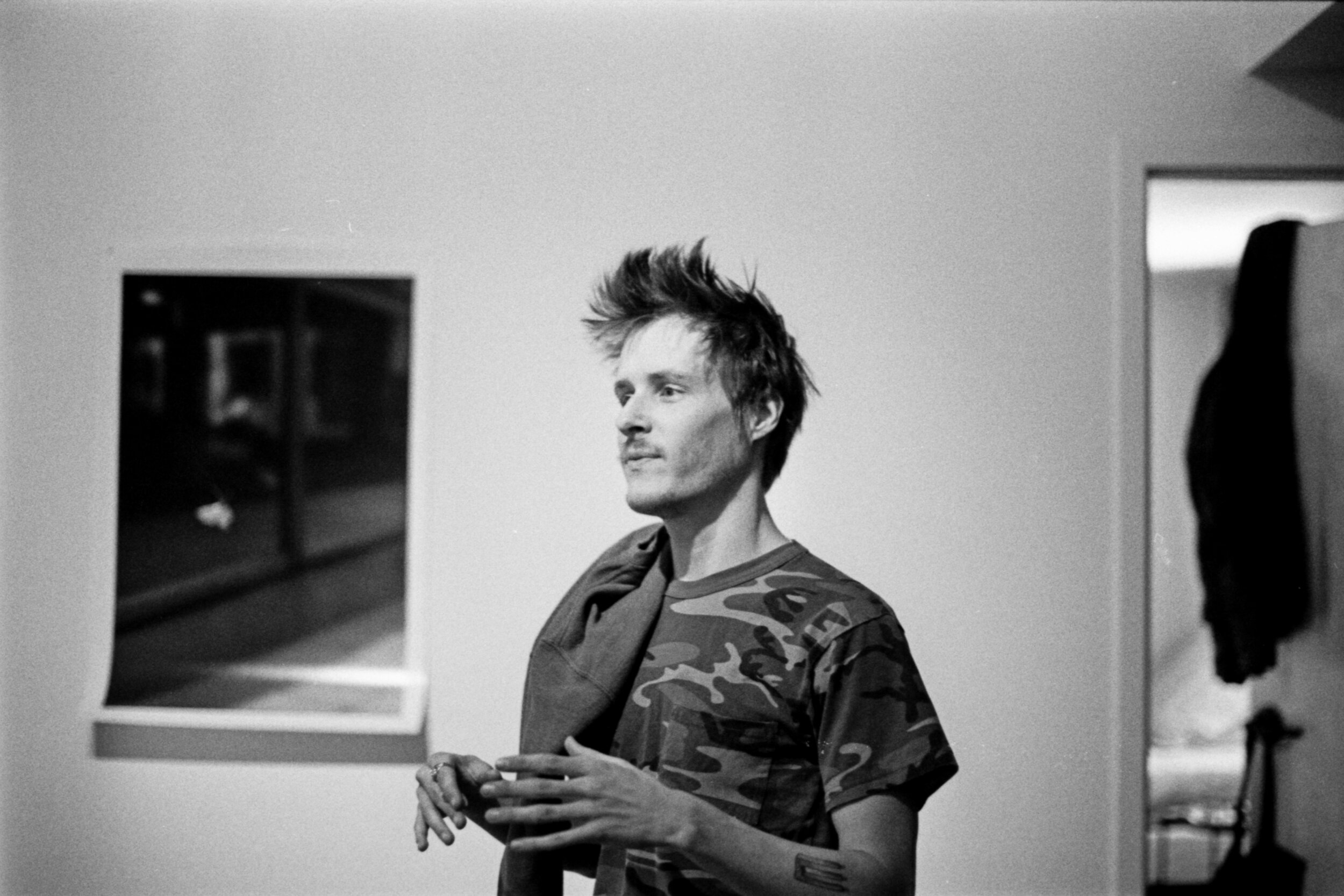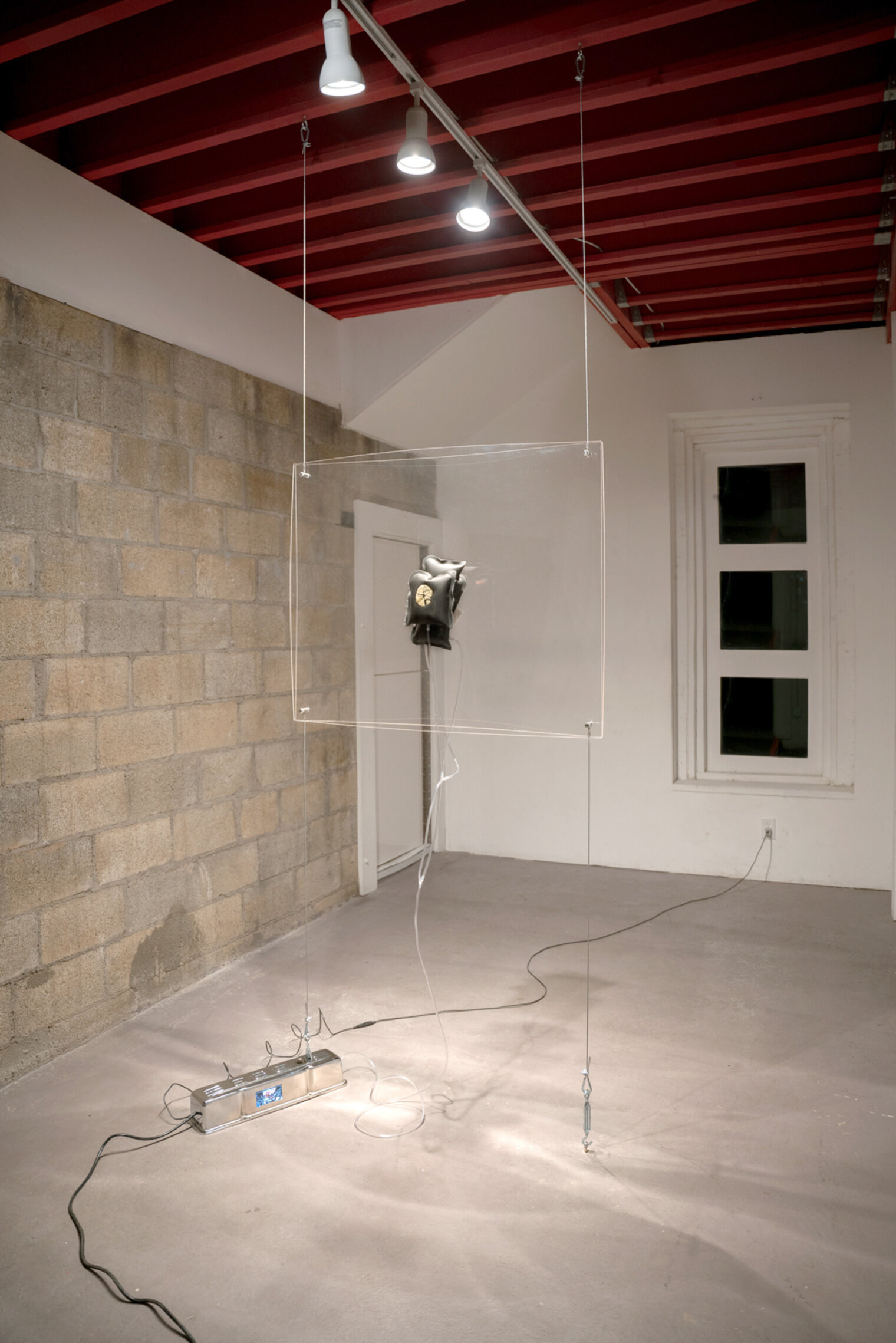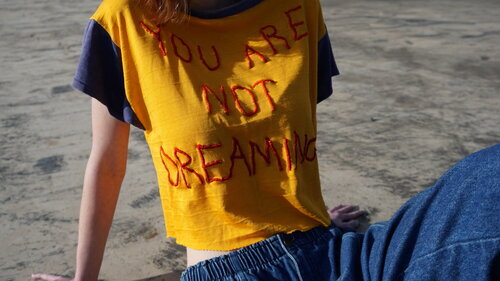Muse Dodd (They/Them) is an Anti-disciplinary Artist, Curator, and DJ from Severn, MD based between New York and New Orleans. Their work centers on the questions, How do you remember and what do you choose to forget? Through the act of remembering, Muse uses their body to map the lived experience of Africans in America. Muse channels trauma to connect with, process, and alchemize pain; both personal and collective through movement, ritual, and collective dreaming.
Cass: Why don’t you tell me a little about yourself?
Muse: My name is Muse Dodd. I’m an anti-disciplinary artist. I work in the mediums of film, photography, and performance. I also DJ and curate. Outside of that, I enjoy spending time with my family, nature and history.
Cass: What have you been using this studio space for?
Muse: This is month three for me, I’ve been using this time to expand how I use space in my practice. This is the first time in my practice I’ve worked outside of my bedroom. I’m seeing how it feels to have things on my wall for weeks at a time and see how it speaks to me. I’ve been working on a project with my ancestors thinking about how I fit into this large context of my family. A lot of the time I think about belonging and legacy. Contextualizing myself, my family history, and my family in terms of nature, situating ourselves in that space, and grounding ourselves in those roots, literally and figuratively. That’s been the guiding principle for me.
Muse’s studio in Stove Works.
Cass: I’d love to hear how you’re exploring personal history in terms of nature. Both in the studio and around the city. Is space helping you process these feelings?
Muse: I don’t have any family around here. I enjoy being situated right by the mountains. I grew up in the suburbs, and I wasn’t that close to nature, but I’ve been living in the South for the past two years. That’s shifted my context, and I’ve been thinking a lot about history, and how we reconcile with history. Thinking about the trail of tears, slavery, and how that influences architecture and monuments.
Cass: So many monuments.
Muse: What do you do with those, right? A lot of people like to glaze over those things. Even if you don’t acknowledge it, it influences what you do. Being here, building some stability in my practice, I’ve enjoyed getting integrated into Chattanooga and its art scene, but then I’ll also be leaving here very soon [laughs]
Cass: Yes, that's unavoidable. How has your work progressed over the past two months, and how are you continuing that during your final month?
Muse: It’s caused huge shifts. There’s so much work that’s been happening internally, and it doesn’t show a lot. I feel like I have these pulls between wanting to make work with all this space, but also being pulled to be more internal. I’ve been returning to writing during this time. There’s also the social aspect, I’ve been pulled to be with the other artists as well. I want to use this month to take the pressure off and ease more into my practice.
